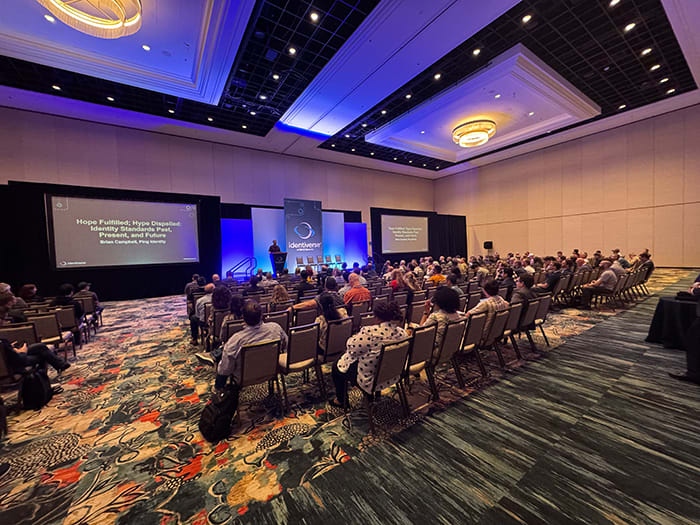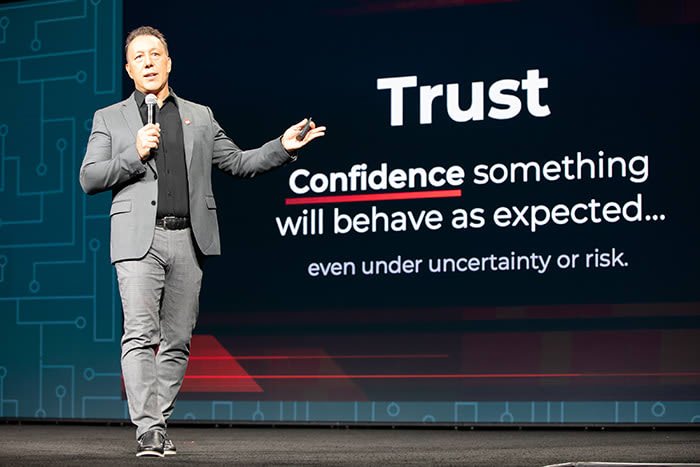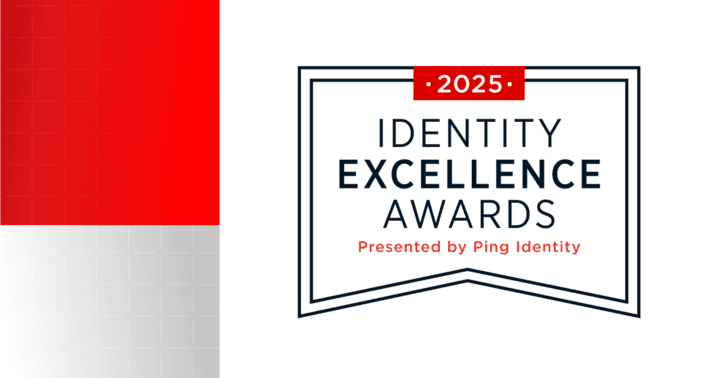I began with trust—the invisible lubricant of our digital economy. It’s the unspoken assumption behind every click, every transaction, and every handover of personal information. But today, that trust is being tested like never before.
Criminals target our trust.
From compromised business emails to SIM swapping to QR code scams to exploited supply chains, the real attack surface isn’t our infrastructure—it’s our assumptions. What used to be a shortcut to speed and convenience now opens the door to exploitation.
The real attack surface isn’t our infrastructure—it’s our assumptions.
Ping Identity, Founder & Chief Executive Officer
Trust can be implicit (based on prior relationships or appearances) or explicit (earned through credentials and verification). But both of these are under attack, so the future demands a third mode: Verified Trust.
From Trust to Verified Trust: The New Imperative
Today, we can’t even trust our eyes and ears—seeing is no longer believing. I argued that we must evolve our thinking.
We must verify before we trust.
I introduced the idea of Verified Trust as the foundation for future digital interactions. This isn't just about stronger passwords or more MFA prompts. It's about shifting toward a model where authentication is continuous, contextual, and invisible to the user.
The keys to this evolution are signals, behavioral biometrics, risk scoring, and verifiable credentials. When paired effectively, these tools can create high assurance without high friction.
Human Trust, Digital Speed
A central challenge is delivering this trust at digital speed but maintaining it at human scale. The future belongs to those who can do both.
This means designing systems that adapt in real time, that escalate when needed, and that understand the user not just by a credential, but by context. At Ping Identity, our platform is increasingly built to meet this future—a future where trust is portable, verifiable, and user-centric.
Trust in a Bot-Driven World: Here Come the Agents
In one of the most forward-looking segments, I addressed the tidal wave of agentic automation. Personal bots, assistant agents, and AI services are not on the horizon—they’re here.
We used to think bots were bad. But now we'll be surrounded by helper bots. We must distinguish them, protect them, and ensure they act in our interest.
This change redefines brand, CRM, and user engagement. It disconnects digital relationships, reduces brands to API prompts, and demands identity systems that can manage not just people, but fleets of bots operating on their behalf.
Implications of a Trust-Eroded World
I closed my keynote with these predictions:
The digital economy will legally require verified digital identities that are resilient against impersonation and falsification.
A tiered internet will emerge: one as verified, trusted, and safe; the other as the World Wild West.
Anonymity Will Become a Premium
Users who want to remain unknown will pay for that right.
These aren’t distant possibilities. They're the next frontier for identity professionals to shape. Trust used to be the default. Now, it's a decision.
My ultimate rally cry came at the very end:
We Are the Guardians of Authenticity.
In a time when every interaction, every click, and every bot introduces a new variable of risk, our industry must lead with intention, with proof, and with purpose. It’s up to all of us to restore trust.
Together, we must make the digital world less suspicious—always verified—by default.






